Affiliate links on Android Authority may earn us a commission. Learn more.
What will 2017 flagship smartphones look like?
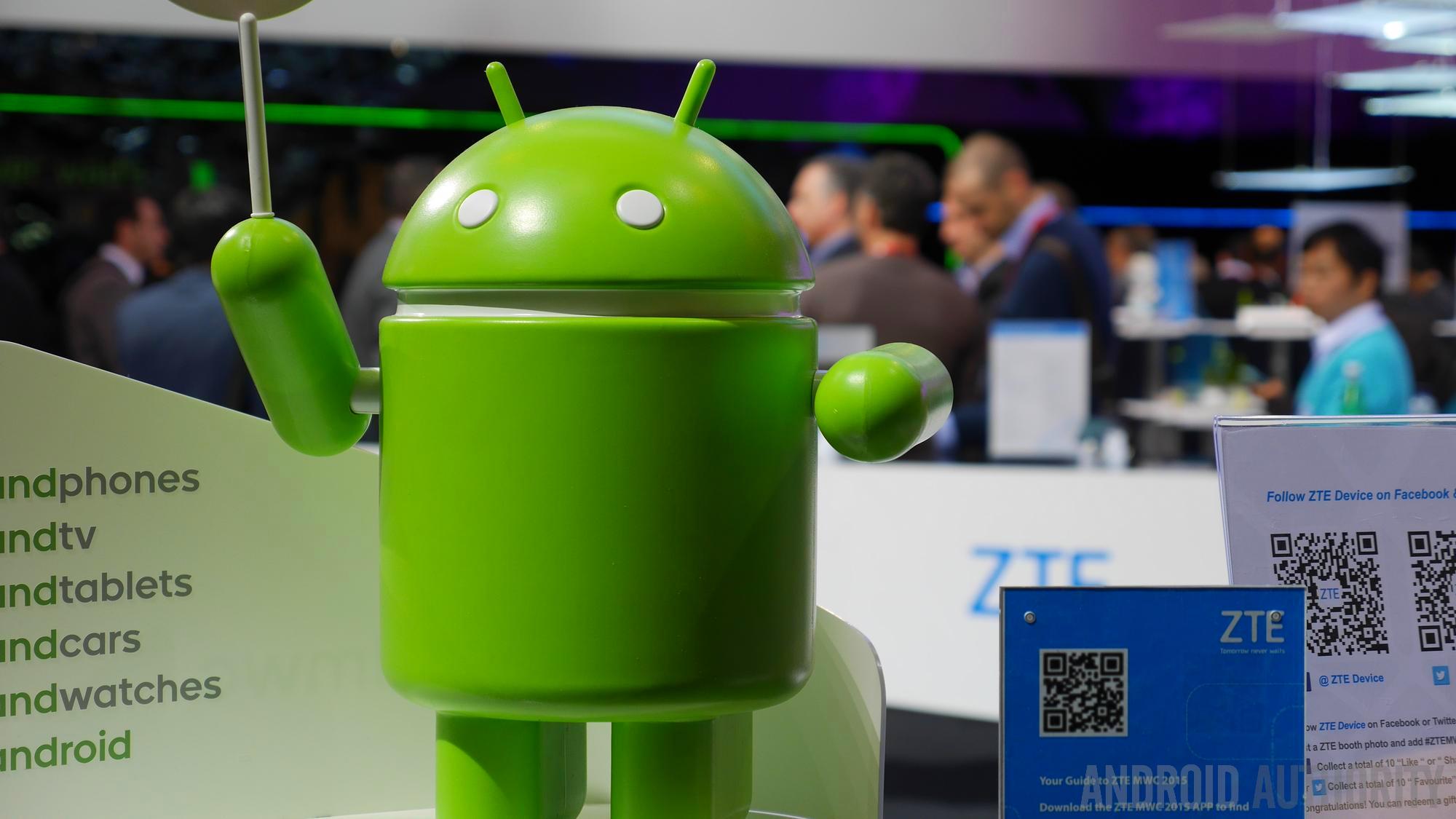
What a year it’s been in the world of technology! 2016 has been filled with not so much revolutionary Android devices but evolutionary ones. Samsung refined the new design language it introduced last year, LG gambled with modularity (and failed), Lenovo made a strong comeback, and Google finally joined in on the hardware fun. But overall, 2016 was defined by faster processors, virtual reality, fingerprint security, better cameras, and larger batteries. Now that the year is coming to an end, what can we expect from 2017? Read on to find out what next year’s flagship devices might look like!
Bezels, move aside
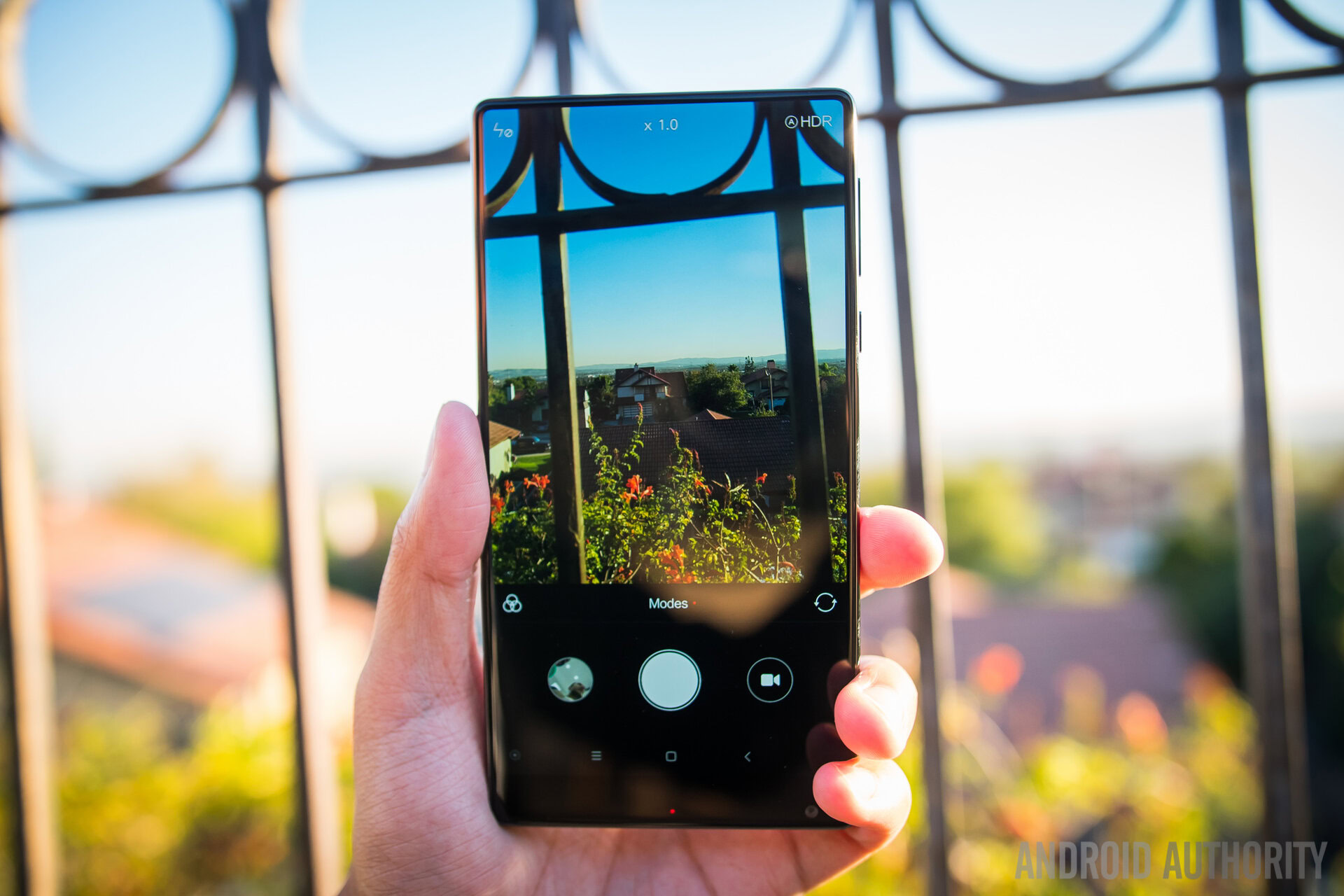
Design-wise, it’s expected that major manufacturers will find ways to truly minimize bezels. From a practical point of view, slimmer bezels mean getting a bigger screen without sacrificing portability. Plus, it just looks sexier. I mean, why else do you think tens of thousands of Xiaomi Mi Mix units – which boasts an insane screen-to-body ratio – sold out within seconds?
However, the real question is “How will these companies achieve a near bezel-less design?” Of course, one way is taking an approach similar to that of Xiaomi: a regular flat screen that makes up most of the device’s front side with clever tricks for concealing cameras and speakers.
The other way is to curve the screen, which is likely to become even more commonplace in 2017. The Galaxy S7 edge, for instance, gives an impression of being bezel-less on the sides due to the dual-curved display, a trick we’ve already seen other OEMs emulate. Either way, we will see bigger screens in smartphones next year, but not necessarily bigger phones.
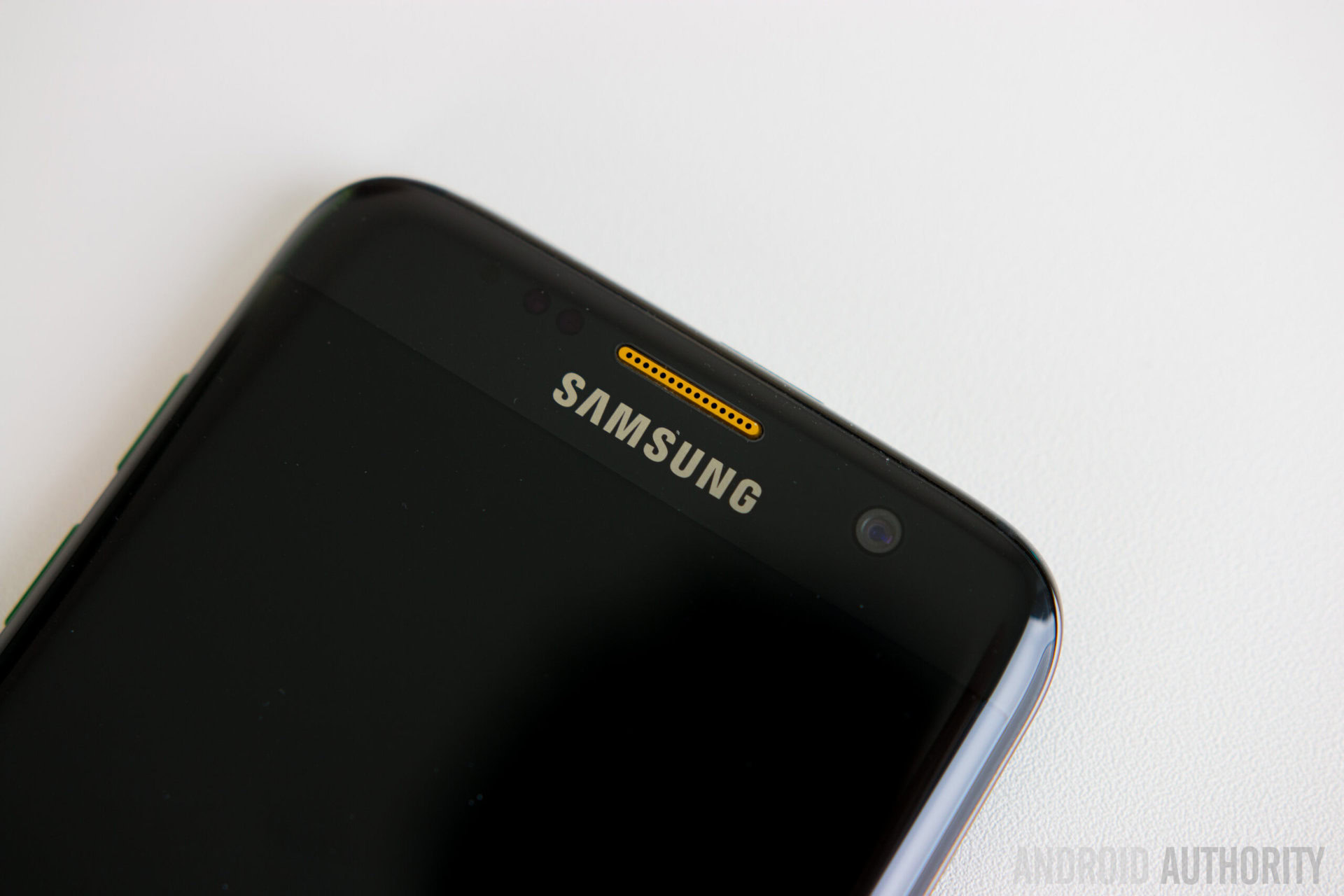
The dragon will continue to soar
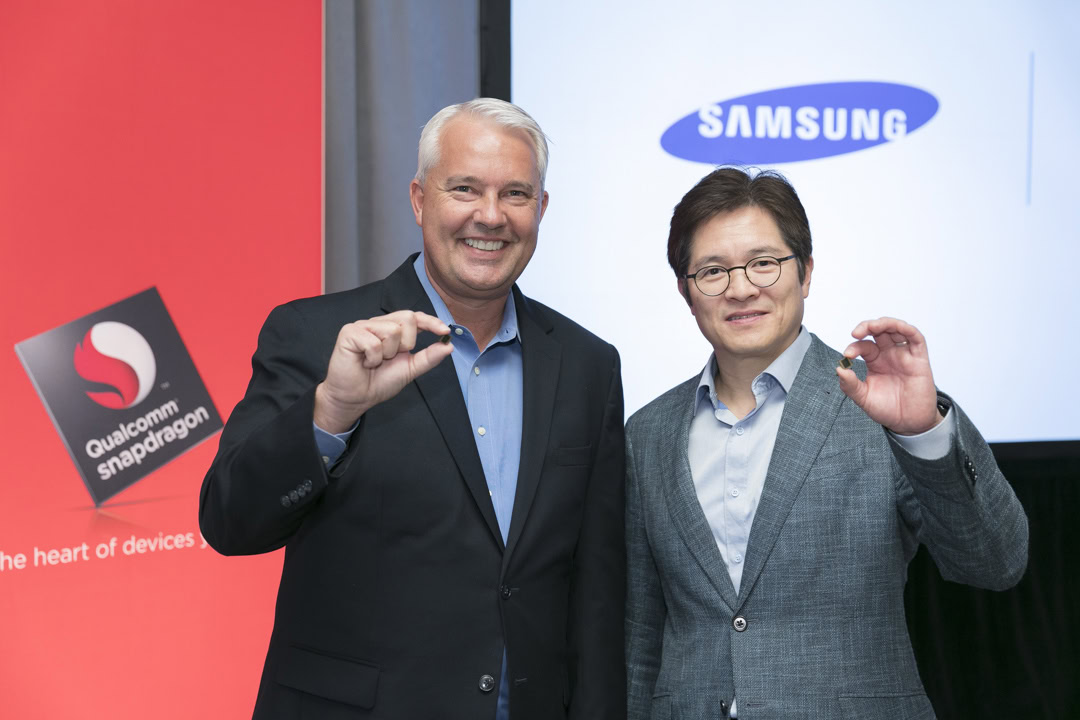
Snapdragon 835. That’s a name that you’ll hear a lot more often next year. Unveiled very recently in partnership with Samsung, Qualcomm’s latest mobile chipset will be the main source of power in most of next year’s flagships. Its 10nm design means not only will your phone be more powerful but also more efficient in terms of how it handles various tasks.
Samsung is rumored to be testing its own 10nm chipset, the Exynos 8895, which could appear in some Galaxy S8 or Galaxy Note 8 devices depending on the region. But for the most part, just like this year, Qualcomm’s processor will be the go-to chipset next year. At any rate, given the fact that Snapdragon 835 is built on Samsung’s technology, there may not be a strong financial incentive for the South Korean company to eschew Qualcomm’s offering in favor of its own.
Starting with the OnePlus 3, 6 GB of RAM became the norm in the Android world. Although Samsung and LG did not follow the trend this year with the Note 7 and the V20, these two big dogs are likely to join in with companies like ASUS, ZTE, vivo, and Xiaomi in 2017. My guess is that you will probably see the phrase “Snapdragon 835 coupled with 6 GB of RAM” quite frequently next year. But hey, I’m not complaining!
My guess is that you will probably see the phrase “Snapdragon 835 coupled with 6GB of RAM” quite frequently next year.
Fingers or eyes?
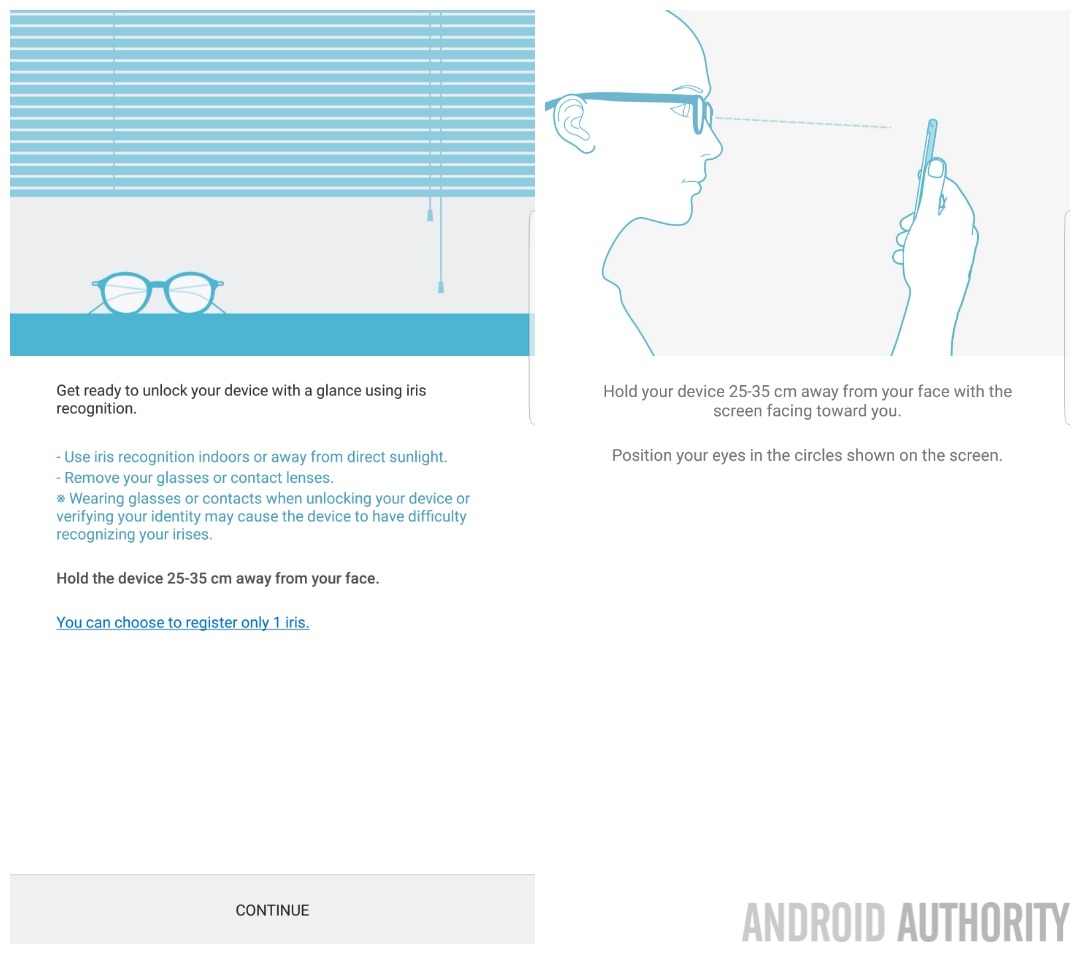
Ah, the question that will become even more pertinent next year. Samsung gave us a sneak peek at the technology with the Galaxy Note 7 this year, but alas, even before people could evaluate its merit, that device was gone. I’m talking about iris recognition, of course. Fingerprint scanning was made mainstream first by Apple, and for the past two years or so, it has become a must in Android devices. That will continue, and fingerprint scanners will be found not only in flagship devices but also lower-end ones as well.
However, companies are likely to distinguish their high-end flagships from others by incorporating an iris scanner. In theory, iris-scanning is more secure than scanning your fingerprint. It would be extremely surprising to see that feature missing from the upcoming Galaxy S8, and LG is reportedly considering incorporating the technology into its flagships next year as well. In terms of under-glass fingerprint scanning, it is possible that the S8 might use the sensor, but since it’s an optical fingerprint sensor, I’m not sure how secure it’ll be.
With more biometrics comes mobile payments. Samsung is said to be pre-installing Samsung Pay on almost all of its devices next year (not to mention Bixby Pay), and LG is apparently preparing to launch its own mobile payment platform. Chinese OEMs are also slowly looking into this too, as seen with HUAWEI Pay and Mi Pay.
Double the lens, double the fun
The return of dual lens cameras. I feel quite bad for HTC: the HTCOne M8 was really the first Android smartphone to try to take advantage of a dual lens setup, but with poor execution and timing, it was a catastrophe. The trend came back this year with LG’s G5. While the G5 failed in its modular design, the camera was quite impressive. LG used the setup for wide-angle shots, and it signaled – this time with more success – a new era for Android smartphone cameras.
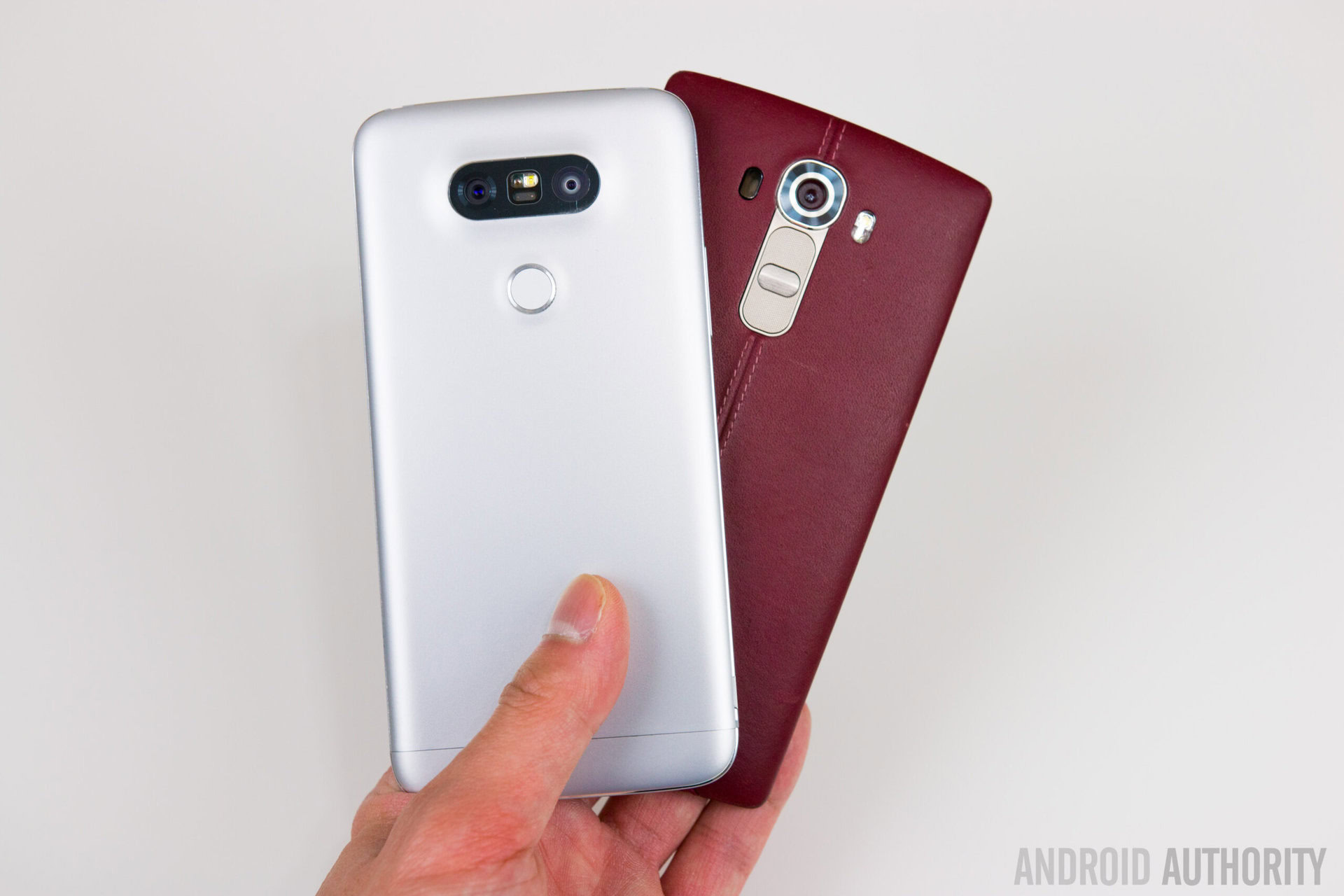
HUAWEI and Xiaomi followed suit. HUAWEI, in particular, put two 12-megapixel sensors with one exclusively capturing monochrome details. Instead of focusing on wide-angle shots like LG, HUAWEI’s approach was primarily for better color reproduction and sharper images.
As you can see, not every dual-camera smartphone works the same way or for the same purpose, but whatever the end goal may be, 2017 will see a significant increase in Android phones with this kind of setup. I suspect that companies will follow in the footsteps of Apple and HUAWEI and offer software-based shallow depth-of-field effects, but this bokeh effect aside, dual-lenses offer significant advantages over a conventional single lens setup. Two lenses with different focal lengths are also great.
I suspect that companies will follow the footsteps of Apple and try to offer software-based shallow depth-of-field effects, but this bokeh effect aside, dual-lenses offer significant advantages over a conventional single lens setup.
Virtual reality might become our reality
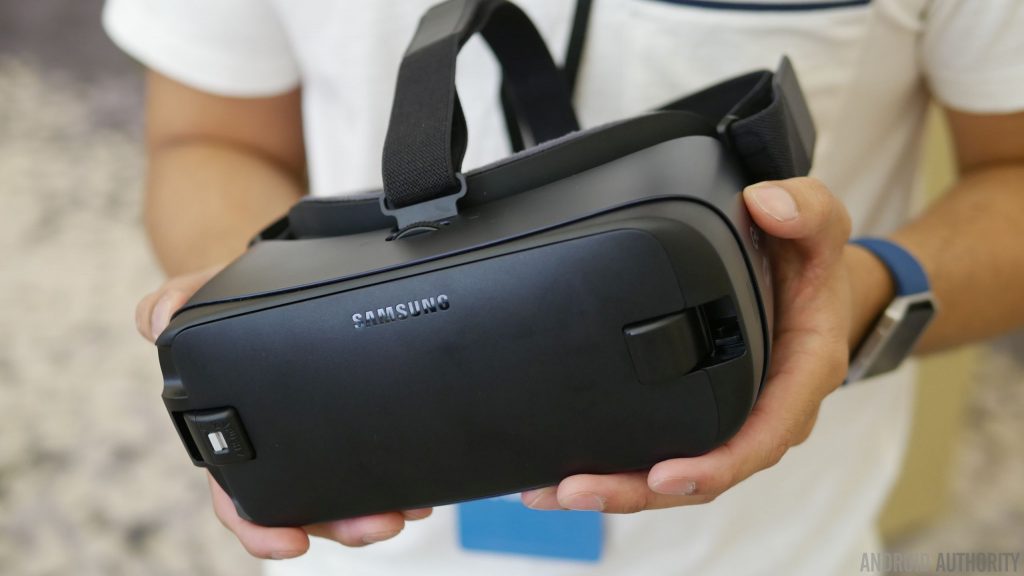
Google has the Daydream View. Samsung has the Gear VR and has confirmed that the company is working on a second-generation model. Virtual reality is going to become even more prevalent in 2017. Game developers see its potential, especially now with the PlayStation VR, and there are proven educational benefits as well. There are already interactive textbooks as well as medical apps that take advantage of VR.
This brings me to screen resolutions. Currently, most VR-supported phones have 2K displays. For better or worse, the resolution is likely to remain at 2K for the most part. Rumors indicate that one of the Galaxy S8 variants will sport a 4K display, but mainstream flagships will probably stick to Quad HD due to battery and thermal issues. Unless it’s for VR, having a 4K resolution inside a 5-something-inch display just doesn’t really make sense.
My personal hope is that companies will ship their flagships with 4K screens but simply set the default resolution to 2K.
However, my personal hope is that companies will ship their flagships with 4K screens but simply set the default resolution to 2K or even 1080p (kind of similar to what Samsung did with its Nougat program). Who knows, it’s a possibility!
USB-C to rule them all (even the 3.5mm headphone jack)
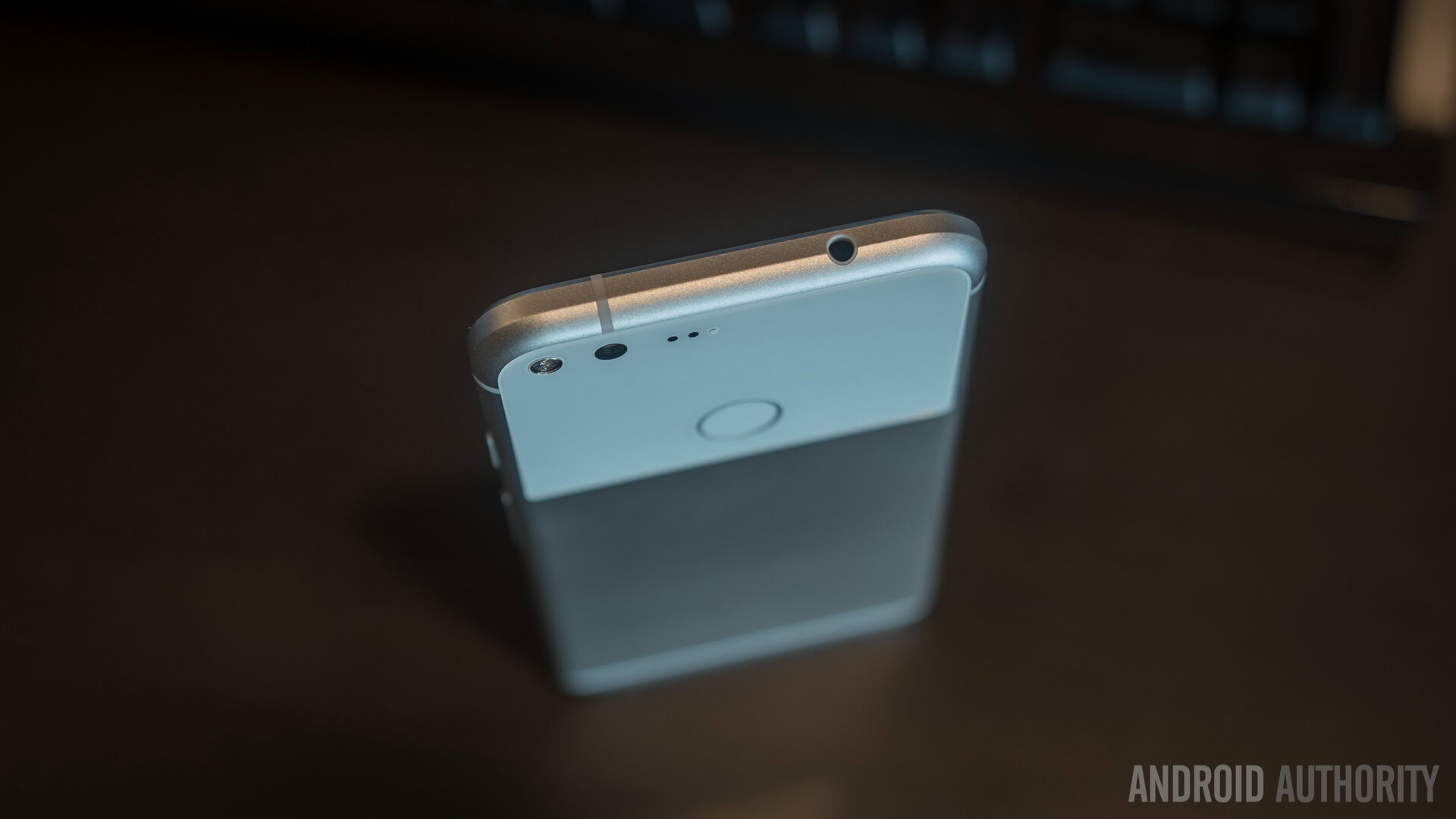
Lenovo and Apple have already said goodbye to the 3.5mm headphone jack, and unfortunately, more companies might follow suit in 2017. The new trend is the versatile USB-C port – so versatile that it could even replace your headphone jack.
The new trend is the versatile USB-C port – so versatile that it could even replace your headphone jack.
The latest rumor indicates that Samsung might be ditching the traditional 3.5mm jack with the Galaxy S8 as well. Although we will have to wait and see, as companies try to fit more in – more battery power, more screen, more sensors – without sacrificing the device’s slim profile, the 3.5mm headphone jack may prove itself to be an obstacle, an obstacle that eventually could be axed by manufacturers.
Harder, Better, Faster, Stronger
2017 is certainly going to be an exciting year: we will see more futuristic-looking phones with crazy screen-to-body ratios. Phones will be faster than ever and may finally replace our DSLRs (even for nighttime shots). We could even see the debut of the world’s first foldable device. Now, if there is one thing that must accompany all this, it’s timely software updates. Android flagships’ major features will be more impressive than ever, but with lagging software updates from OEMs, these features may not shine as brightly as they could.
Now, if there is one thing that must accompany all this, it’s timely software updates.
What do you think will be the main trend in smartphones next year? Let us know by leaving a comment below!